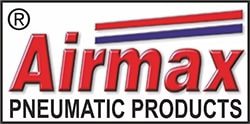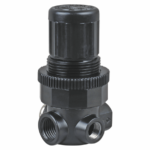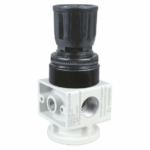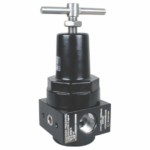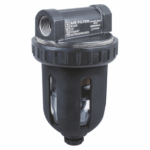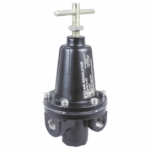Top 5 Benefits of Using an FRL in Industrial Equipment
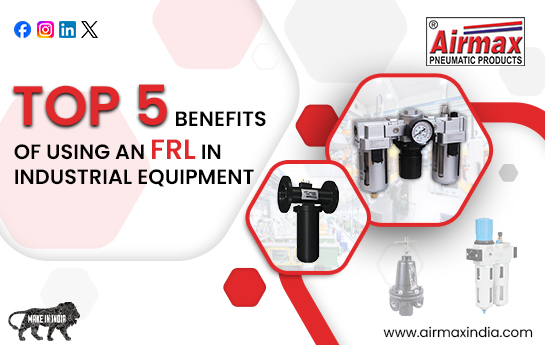
In these days rapid-paced industrial global, staying ahead of the curve means adopting technology that decorates efficiency, reduces downtime, and expands the life of machinery. One such pivotal era is the FRL (Filter, Regulator, Lubricator).
This article explores the various benefits of FRLs, underscoring their crucial function in contemporary industry. By knowing the components of an FRL, its application specs, and cutting-edge industrial trends, we can completely respect the crucial value those devices provide. Explore our excellent FRL Production at Airmax Pneumatics Ltd.
Top 5 Advantages of Utilizing an FRL Unit
Increased Equipment Longevity:
A primary benefit of incorporating an FRL unit into your commercial gadget is the full-size extension of its lifespan. Industrial environments are frequently rife with contaminants like dust, oil, and moisture, that could wreak destruction on pneumatic structures. The clear-out factor of an FRL efficiently eliminates these impurities from the air supply, ensuring that the simplest easy air reaches the equipment. This not only prevents put and tear but also reduces the risk of sudden breakdowns.
The regulator aspect continues consistent stress, stopping spikes that may damage the gadget. By retaining the most beneficial operating situations, FRLs help minimize mechanical stress and wear, thereby extending the life of industrial applications.
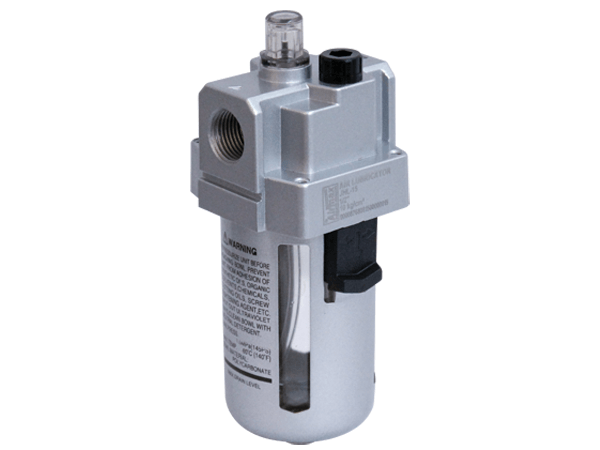
Pneumatic Air Lubricator
Additionally, the pneumatic air lubricator provides a specific quantity of lubricant to the compressed air, making sure that transferring components are safely lubricated. This reduces friction, similarly lowering put on and extending the lifespan of supplements.
Improved Operational Efficiency:
Operational efficiency is a key issue in the productivity of business techniques. The components of an FRL paintings synergistically to decorate this performance. Clean, regulated, and lubricated air guarantees that pneumatic gear and machinery operate at their peak performance degrees.
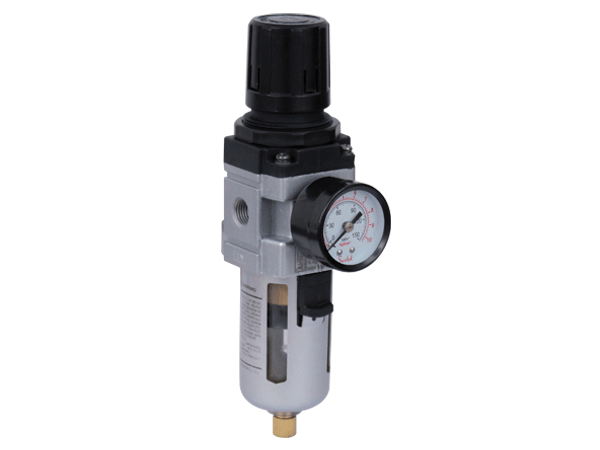
F + R Combination With Pressure Gauge
The air regulator ensures a consistent supply of air at the required pressure, optimizing the performance of pneumatic equipment. This pressure stability interprets to consistent operation, lowering variability which can cause inefficiencies in the production method.
Furthermore, the lubricator ensures that every moving element is sufficiently lubricated, decreasing friction that may sluggish operations and increase energy consumption. By preserving ultimate lubrication, FRLs help in attaining smoother and quicker operations, thereby increasing basic performance.
Reduced Maintenance Costs:
Maintenance can be a giant price for industries, frequently exacerbated with the aid of the need for common repairs and part replacements. The use of an FRL can cause enormous financial savings in protection charges. By filtering out contaminants, regulating stress, and ensuring proper lubrication, Pneumatic Air filter save you the unusual issues that cause device failure. Learn the top 5 benefits of using an FRL in industrial equipment. Improve performance, extend equipment life, and boost safety with an FRL system.
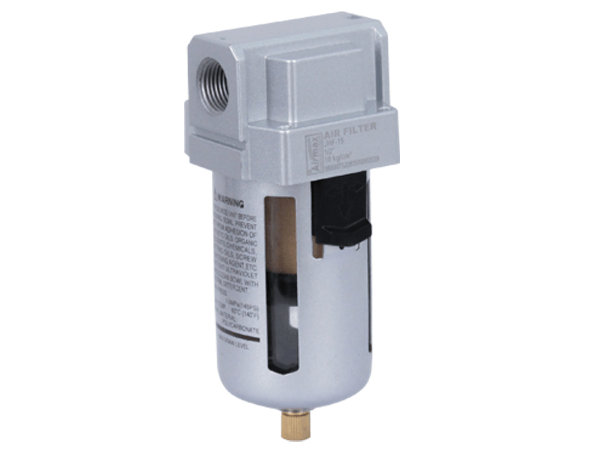
Air Filter
Regular use of an FRL reduces the frequency of upkeep interventions because the system is less likely to revel in the wear and tear that necessitates upkeep. This no longer most effectively saves cash but also reduces downtime, which can be highly-priced in terms of lost productivity.
Moreover, the preventive preservation facilitated by FRLs approach that potential issues are addressed earlier than they escalate, keeping off the better fees related to predominant upkeep or entire equipment overhauls.
Increasing safety:
Safety is paramount in any industrial place, and FRLs play a vital role in enhancing place of work protection. By making sure that pneumatic systems are loose from contaminants and running at solid pressures, FRLs reduce the risk of gadget malfunctions that might cause accidents.
Pressure spikes or drops can cause pneumatic equipment to behave unpredictably, posing a safety chance to operators. The regulator component of an FRL maintains regular stress, mitigating this danger. Additionally, the right lubrication of shifting elements reduces the probability of mechanical disasters that would bring about risky conditions.
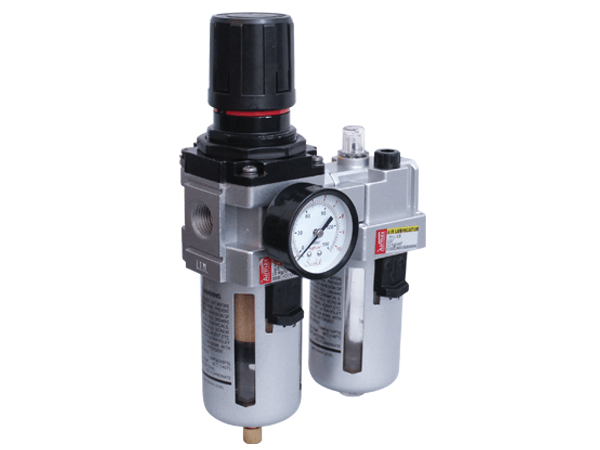
Fr + L Sets 2pc With Pressure Gauge
By preserving clean, regulated, and properly lubricated structures, FRLs contribute to safer running surroundings, protecting both employees and applications.
Versatility and Adaptability:
FRLs are fairly flexible and can be tailored to a huge range of packages and specs. Whether utilized in production, car, food processing, or every other industry relying on pneumatic systems, FRLs can be tailored to fulfill unique necessities.
The capability to customize the filtration degree, pressure settings, and lubrication quotes makes FRLs appropriate for diverse industrial packages. This adaptability guarantees that no matter the specific desires of an operation, an FRL can be configured to offer the desired performance.
Furthermore, as commercial developments evolve, the versatility of FRLs approach that they may be adjusted to fulfill new demands, making sure that organizations can stay in advance of the curve and hold green, reliable operations.
Components of an FRL( Filter, Regulator, Lubricator)
To completely respect the advantages of an FRL, it is important to recognize, the key components of an FRL and the way they function collectively:
Filter: The filter gets rid of contaminants from the air delivery, which includes dirt, oil, and moisture, ensuring that the handiest clean air reaches the machinery. This prevents harm and reduces wear and tear on equipment.
Regulator: The regulator continues a regular air strain, stopping strain spikes and drops that could damage the gadget or reason operational inefficiencies. It ensures that pneumatic tools receive the top-of-the-line stress for their smooth operation.
Lubricator: The lubricator adds a specific quantity of lubricant to the compressed air, making sure that shifting elements are nicely lubricated. This reduces friction and wear, further enhancing equipment toughness and overall performance.
Applications & Specifications of Filter, Regulator and Lubricator
The use of FRLs varies depending on the precise requirements of the industry and the machinery in use. Key specs to recollect include:
Filtration Level: Depending on the sensitivity of the equipment, one-of-a-kind stages of filtration may be required. High-precision gadgets may additionally need finer filters to make certain no contaminants can cause damage.
Pressure Settings: The required air strain can vary extensively among specific programs. The regulator should be capable of preserving the precise pressure wanted for superior device performance.
Lubrication Rates: Different machinery may require varying amounts of lubrication. The lubricator needs to be adjustable to provide the ideal quantity of lubricant for the application.
Industrial Trends are Shaping the FRL Landscape
As business traits evolve, the adoption of FRLs continues to develop, pushed by way of the increasing demand for efficiency, reliability, and protection in industrial operations. Key traits influencing the use of FRLs encompass:
Automation: With the upward thrust of automation in commercial procedures, the need for reliable and green pneumatic structures has accelerated. FRLs play an essential role in ensuring that computerized systems function smoothly and without interruption.
Sustainability: Industries are increasingly more focused on sustainability, searching for ways to reduce waste and energy consumption. FRLs contribute to these goals by improving device efficiency and lowering the need for frequent upkeep and component replacements.
Industry: The integration of clever technology and IoT (Internet of Things) in commercial operations, known as Industry 4.0 has brought about more state-of-the-art tracking and control of pneumatic systems. FRLs are becoming superior, with features that allow for actual-time monitoring and adjustment to optimize overall performance.
Conclusion
Wrapping up the advantages of the use of an FRL in an industrial system are manifold. From improving gadget toughness and improving operational performance to decreasing maintenance costs and growing protection, FRLs are fundamental additives in present-day business operations. Their versatility and flexibility make them suitable for an extensive range of packages, making sure that the industries can stay in advance of industrial tendencies and hold optimum overall performance. As industries continue to conform, the position of FRLs will only become more important, making them a wise investment for any commercial enterprise looking to beautify their commercial techniques.
